“With the fourteeneers, you really are following what others had already done,” says Christy Mahon. “I really loved the old fashioned aspect of getting out [and studying] the map for this project. For Stewart Peak, we tried both ways to approach it, from the North and from the South, because we didn’t know what was the best way. We’re still not really sure, but that part was what made the whole experience so cool for us. Being the first three people to have done it.”
For Stewart Peak (13,983 feet) the crew endured a 35-mile roundtrip on bikes, skins and foot. 13,972-foot Pigeon Peak and 13,835-foot Turret Peak required a multi-day trip that involved a ride on the Durango-Silverton Narrow Gauge Railroad in addition to trail-less route finding. And that’s just two examples.
In that sense, the threesome are pioneers in the true meaning of the word. In the same fashion that Lewis and Clark set forth to explore the western United States in 1804, Davenport and the Mahons journeyed into uncharted territory. Sure, the Centennials had been climbed in their entirety before—Ted and Christy themselves had completed that feat already—but no one had struggled to each mountain top, strapped on a pair of planks and carved turns to the bottom.
In addition to the intense time commitment and planning, for the project to be dubbed a success, there was a certain air of survival surrounding it. Forty-seven daunting and dangerous peaks later, and the crew are all still here, in tact.
“I am grateful to still be here,” explains Davenport. “But that didn’t come from luck or good fortune. It came from years of educating myself and surrounding myself with good partners. That’s where the ability to make good decisions comes from.”
A solid group dynamic was necessary for this project to be successful. It took all of the team members’ diverse skill sets and points of view to ensure intelligent group decision making as well as morale boosts.
“It shows that you don’t necessarily need to be exactly the same people to be successful in the mountains,” explains Christy Mahon. “My point of view might be a beneficial one, because I’m thinking about things more conservatively than, say, Dav. Having women on the team adds a different dynamic. It’s really good to have the woman’s perspective out there and that was always very much respected and appreciated within our team. I wasn’t ever afraid to say ‘I don’t know if I’m comfortable with that.’ In the end we always found the right way.”
And it was at the end of the project that the group dynamics were tested the most. By mid-May 2015, Davenport and the Mahons skied 43 of the 47 Centennial Peaks, but it was the final four that presented the biggest challenges, specifically Pigeon Peak, Turret Peak and Jagged Mountain. In May of 2014, the trio—along with photographer Ian Fohrman—set out into Colorado’s Weminuche Wilderness, the biggest wilderness area in the state, to try and tackle five Centennial Peaks.
“We had this bold idea of skiing all five in one big traverse,” explains Ted. “We went in last year and immediately learned on the first day that we weren’t going to be able to do that.”
The group came away with two ski descents, backing away from two due to weather and one, Jagged Mountain, because of sheer difficulty. That left Pigeon Peak, Turret Peak and the aforementioned 13,824-foot Jagged to be skied in the zone. It was only fitting that these peaks stood as the final threshold to which the crew would cross through. Ted Mahon referred to it as a microcosm of the project as a whole.
“The peaks down in that range defined the whole project. There were five in there that ultimately took four trips to get them all done,” he explains. “The crux of [the whole project], for us, became these five peaks. I think that’s the way some of these projects can be, a lot of it can happen pretty easily and smoothly and then it ends up resting on one or two peaks.”
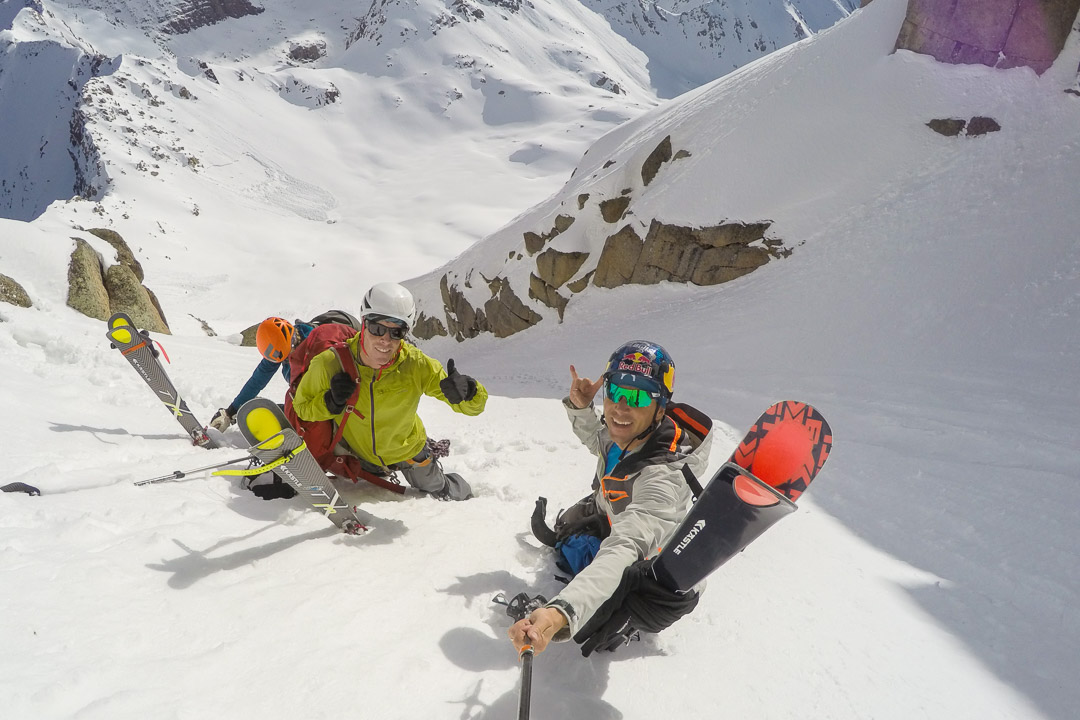
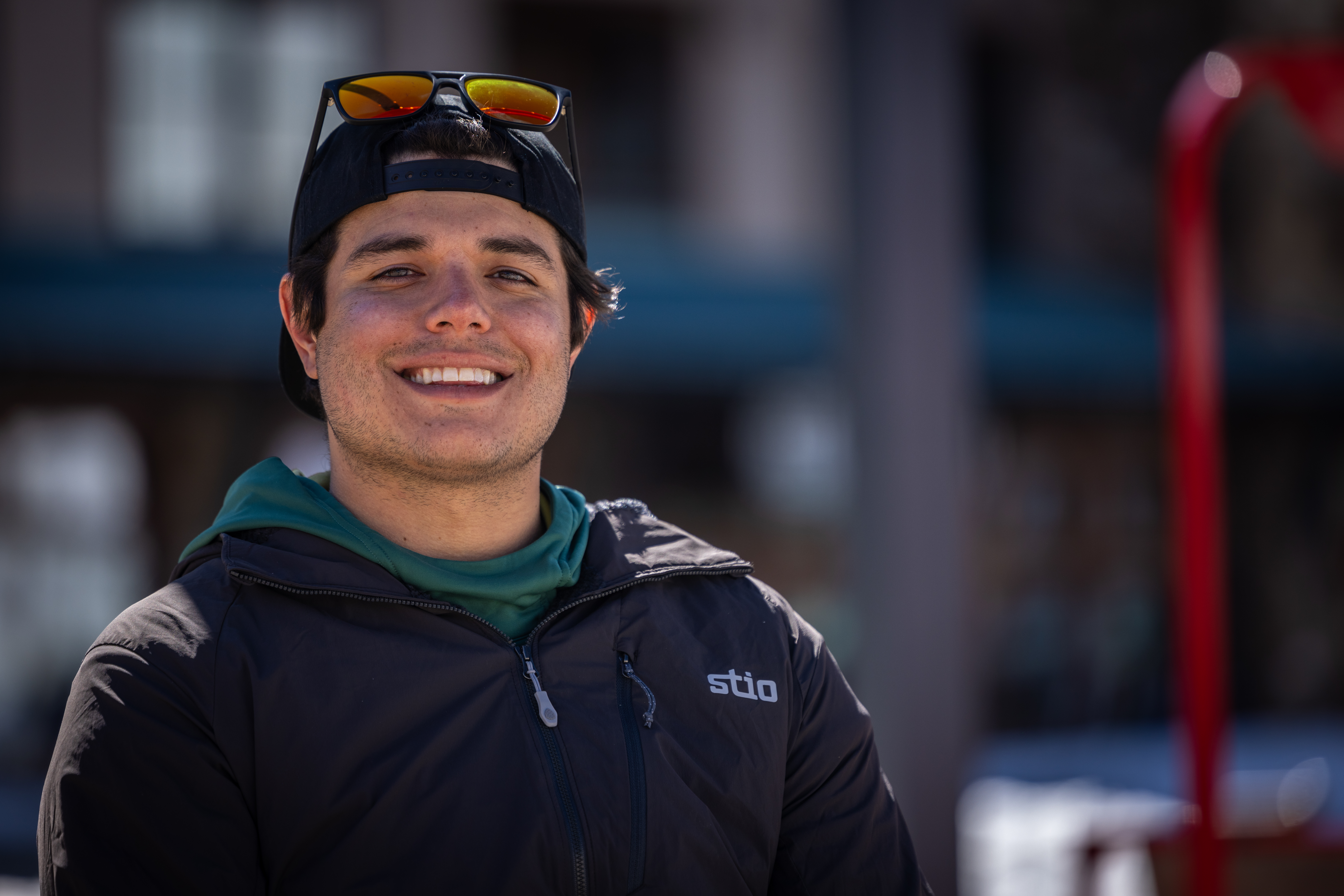


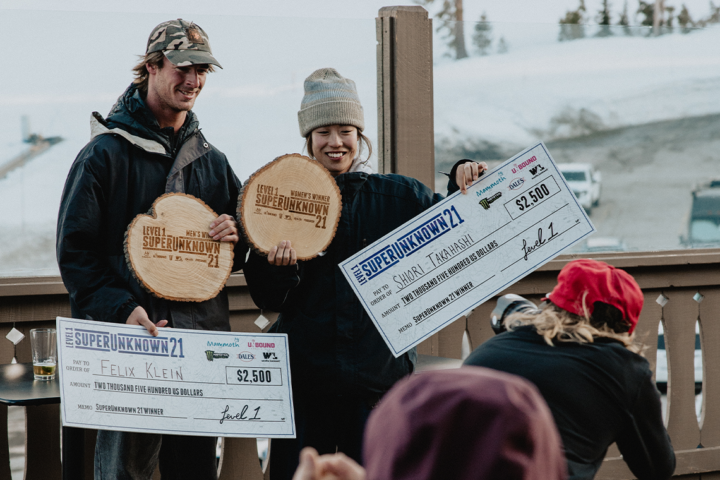
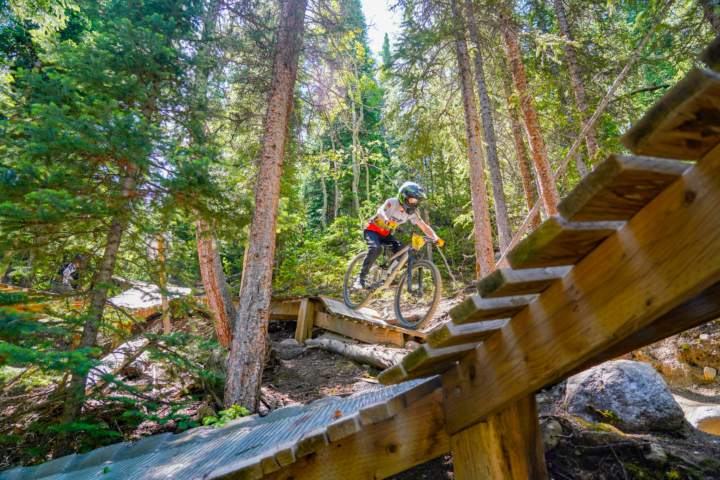
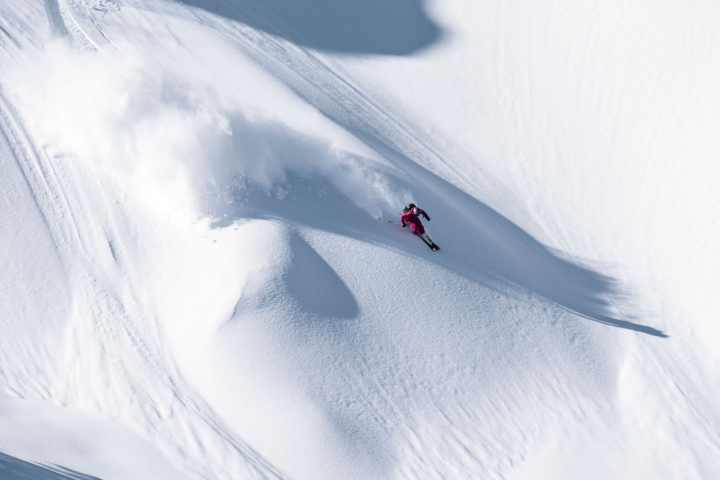
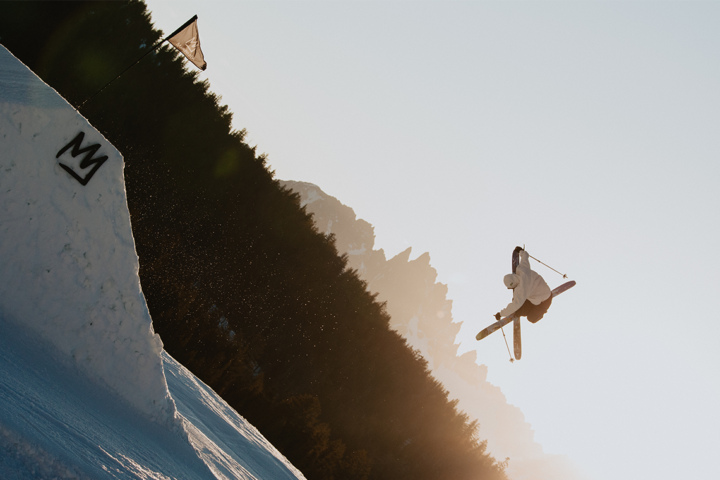
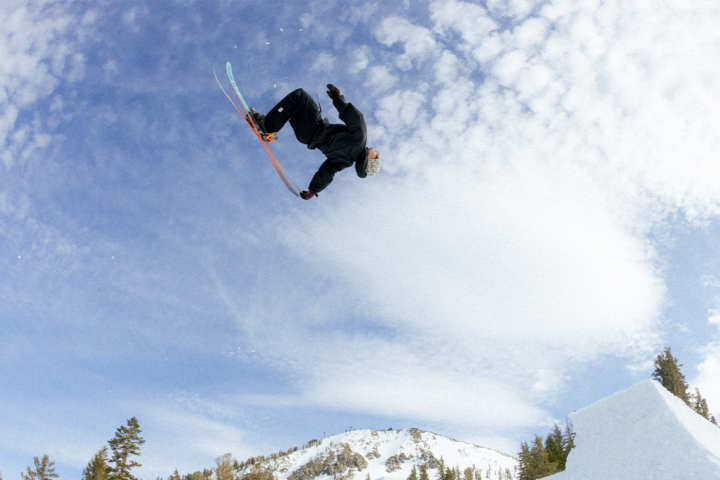
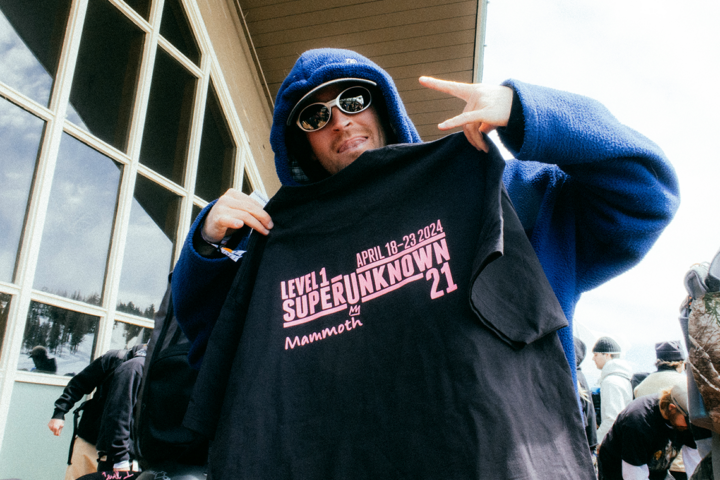
6 thoughts on “The completion of the Centennial Peaks Project: A much bigger deal than you think”
Comments are closed.